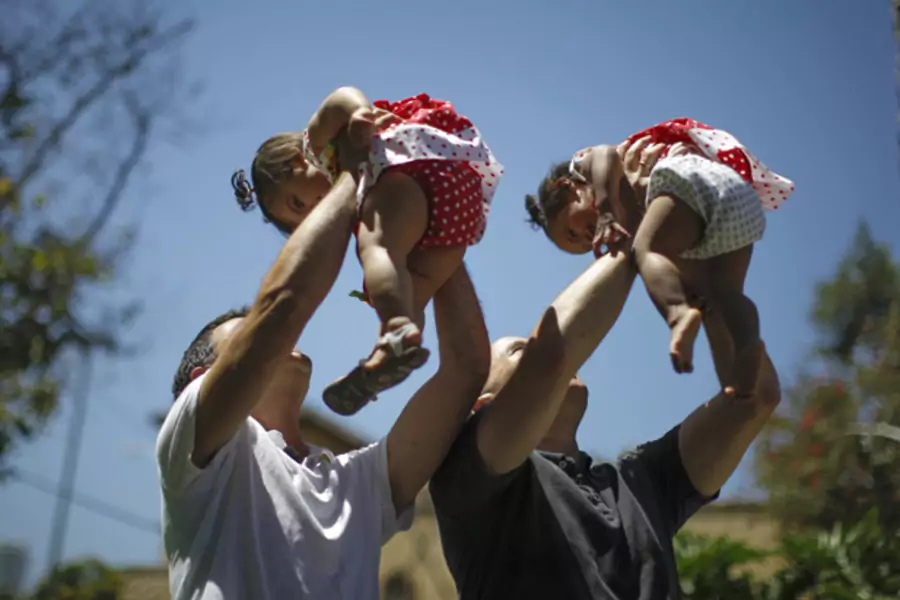New Harvard Study: U.S. Social Mobility Is Not Decreasing

More on:
There is no question that income inequality has been increasing since the 1970s in most of the world. And it has been the general assumption that as inequality went up, class mobility between generations would go down. This relationship, cleverly named the “Great Gatsby Curve,” was thought to hold across nations, and previous studies about domestic U.S. trends had reinforced that conclusion.
But a groundbreaking study could throw that long-held convention about U.S. social mobility to the dust bin. Social mobility is defined as the likelihood of moving up the income bracket ladder compared to your parents. The study, from Harvard’s Equality of Opportunity Project, finds that the chance of going from the bottom quintile to the top quintile has in fact remained relatively constant at about 8 to 9 percent for everyone born in the second half of the 20th century. If you dig further into the details and count decimal points, social mobility on average may have improved (slightly) for Americans born in the early 1990s. We can likely trust these results more than any other social mobility study to date; its datasets are more precise and claim a larger sample size.
The findings do not mean the picture is all rosy. Even if Americans are no more stuck in their economic classes than they used to be, rising inequality means that the “birth lottery” of who your parents are matters more now than before. And U.S. social mobility is still very low compared to other wealthy nations. As is so often the case with socioeconomic trends in the United States, there are huge regional differences. The Deep South and Rust Belt cities have the least mobility. Regions that are generally doing worse on other indicators—poorer, with higher inequality, worse schools, more single parents, and less social capital—also tend to have less mobility. Still, even in these regions, the level of mobility has not changed over time.
But how could it be that the trend line for social mobility has somehow remained insulated from the inequality trend? One theory offered by the study’s authors is that the spike in inequality in recent years has been driven by outliers in the top 1 percent income bracket. What’s going on with the middle class, they argue, could be more relevant for social mobility than the super rich at the tail end of the income distribution.
That explanation, as they freely admit, is not wholly satisfying since the lower and middle classes have not fared so well in recent years either. Their findings are especially surprising given the mounting and definitive evidence showing socioeconomic gaps growing over time in student test scores and parental investment. It could be that social mobility is set to decline for the generation born after the mid-1990s, birth years that fall outside their dataset.
Whatever the reason for flat mobility, the Harvard study injects some healthy and honest analysis to the inequality debate now consuming the chattering classes of America. The policy lessons are unclear. A great deal of federal discretionary spending—through the Departments of Education, Labor, HHS and HUD—is aimed at closing socioeconomic gaps. But any claims that these programs have helped to keep social mobility from falling are hard to square with rising inequality. And we still know too little about why the social mobility trend is charting off its predicted course. We may have to wait until researchers make better inroads cracking this conundrum before any grand pronouncements can be made about which policies should be changed.
More on:
 Online Store
Online Store